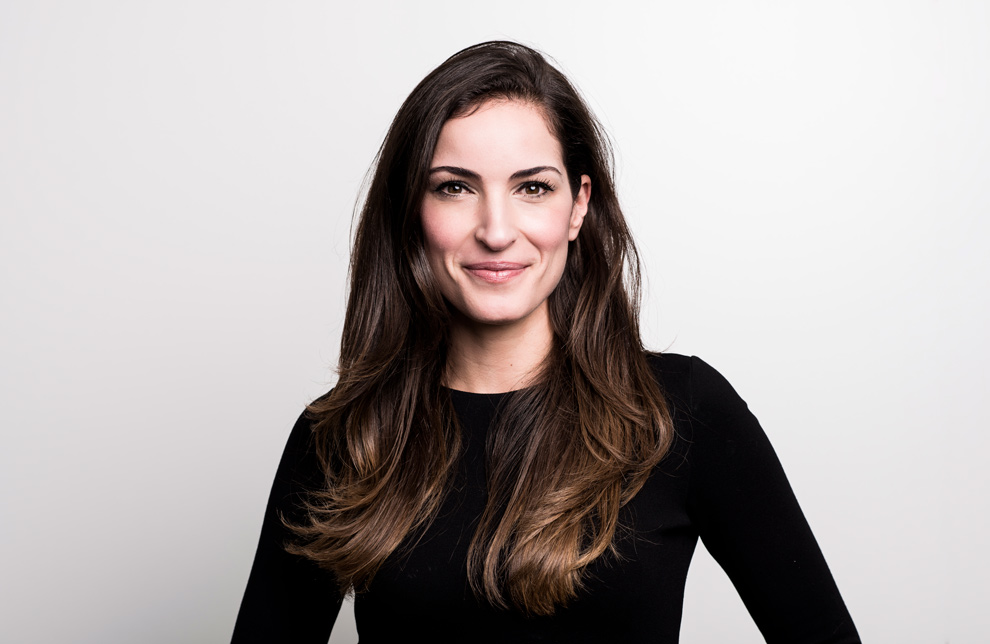Collaboration along the supply chain: the key to improving the pharma airfreight process: The pharma airfreight process
Naomi Landman, Managing Director at GEFCO Forwarding Netherlands, and Pharma Gateway Amsterdam (PGA) member, discusses how collaboration, focusing on the end receiver, and integrating new technologies are pivotal for the future of the pharma airfreight process

What do you see as the greatest challenges within the pharma airfreight process, now and in the future?
Temperature-controlled shipping is already one of the largest challenges in the pharma supply chain, and will take on an even greater role as more biological products enter markets worldwide. So, controlling the temperature throughout the entire supply chain, including the time during transit, remains a top priority. Likewise, visibility, sharing data between all parties in the supply chain, and being transparent in our communications with pharmaceutical companies are priorities for PGA.
Where do you see the most opportunities?
There are huge opportunities in collaborating and sharing information with partners. This could be achieved by introducing tracking software capable of maintaining a detailed record of identity, temperature data, and GPS coordinates along the supply chain. But to do this, we need to work together with all parties involved, including shippers and consignees, and share data to enable efficient tracking.
Equally, risk-based route planning is key. Introducing new technologies to predict the course of a shipment, and being able to put the right measures in place before or during the event, are opportunities that could be further explored in the future.
How could you strengthen each other in the chain?
To enable us to implement the right processes for pharma airfreight, we need to view challenges from the patient’s perspective and concentrate on the supply chain as one component, as opposed to several different independent sequences. After all, aren’t we the patient ourselves? That should be our focus.
What have you learnt in your role at PGA, and are still learning?
Within PGA, we have learnt to approach challenges from the perspective of the end receiver - the patient - and view the supply chain as one component. From that position, we look for solutions by focusing on each hand-over point between the supply chain partners and communicating clearly. We also ensure that the hand-over points along the pharma airfreight supply chain, and the time in between them, are controlled and measured in order to improve the customer experience.
If you could choose another role, what would it be?
It would be great to be able to work on a technological solution for some of the challenges we face today. For example, combining tracking via GPS, temperature monitoring, and identity safety from the time a shipment is ready until it has reached its final destination. With the data gathered we could predict future movements and ensure all shipments are received by the patient at the right time, at the right temperature, and in the right condition. With upcoming EU legislation, such as customs and GDP specific requirements, we should also be focusing on finding smart technical solutions to comply with both legislation and customer requirements.
To find out more about how PGA aims to establish Schiphol as the best European pharma hub, visit the website here.